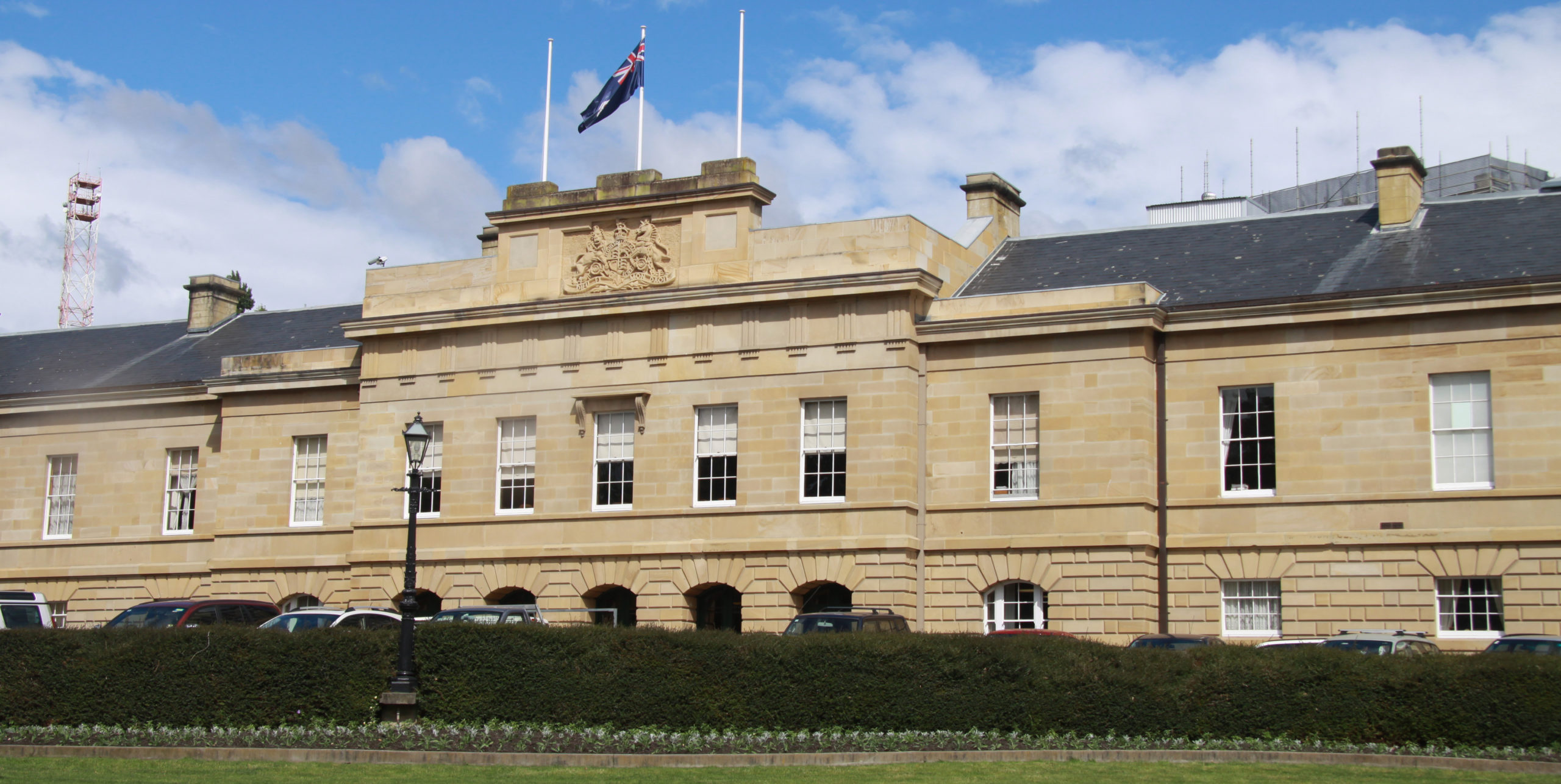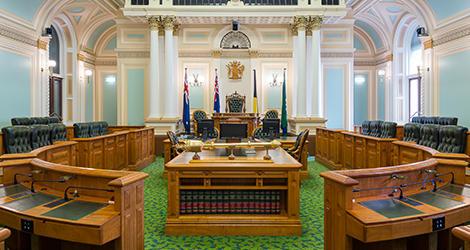The World Health Organization (WHO) and the UN Special Programme on Human Reproduction Programme (HRP) have made strides to bring menstruation onto the global health agenda thanks to a strategic approach to building upon research that includes what adolescents ask for and need.
“Thanks to the dedicated and ongoing work of WHO and partners, this Menstrual Hygiene Day we are celebrating progress toward a response from the health sector that meets adolescents’ need for information and services,” said Dr Venkatraman Chandra Mouli, Scientist at HRP and WHO. “WHO remains committed to supporting a strong health sector response to the wide-ranging issues that menstruation brings.”
Commitments to health
Most recently, in partnership with UNFPA, UNICEF, UNESCO, Global Menstrual Health Collective and Columbia University, WHO and HRP made made commitments on menstrual health to the Water Action Agenda at the UN Water Summit in March 2023 to advocate for countries to include promotive, preventative and curative health services, as well as access to adequate water supply and sanitation in their national universal health coverage policies and strategies.
This was a logical follow-up to call for action and a commitment WHO and HRP made at the Human Rights Council in 2022: WHO statement on menstrual health and rights. A decade and a half of incremental work on adolescent menstrual health provided the foundation and the springboard for these commitments.
Learning from adolescents and amplifying experiences
Research shows adolescent girls continue to be uninformed and unprepared for menstruation, with feelings of exclusion and shame leading to misconceptions. This common lack of knowledge becomes a barrier to education and can negatively impact self-confidence and personal development. This understanding has led to a set of five action points for WHO’s work in menstrual health:
- Educate girls about menstruation.
- Create norms that see menstruation as healthy and positive.
- Improve access to sanitary products, running water, functional toilets and privacy.
- Improve care for and support by girls’ families.
- Improve access to competent and caring health workers.
A research article reviewing progress made in low- and middle-income countries in the 25 years since the International Conference on Population and Development found that menstruation-related needs have been helped by girls and women sharing their experiences of the ongoing barriers they face to managing their period. Additionally, ongoing work to reduce the gender gap, child marriage rates and reduce adolescent pregnancy have all helped raise the profile of the importance of menstrual health.
Developing tools for health workers and caregivers
Responding to the needs and asks of adolescents, HRP and WHO developed desk reference tools for health workers to provide effective and empathic care and support at the primary level to adolescents and their caregivers, answering questions around pain associated with menstruation, irregularity, and more.
Alongside desk reference tools, HRP and WHO worked with United Nations partners to include a section on puberty education in the International Technical Guidance on Sexuality Education. This section (6.3) includes menstrual health education for all adolescents, communicating the key idea that menstruation is a normal and natural part of physical development and should not be treated with secrecy or stigma.
Landscaping for the future
The call to use the term menstrual health, rather than menstrual hygiene, is a result of work with a broad range of partners committed to bringing menstrual health into the global health agenda through a consistent, self-contained definition developed by the Terminology Action Group of the Global Menstrual Collective.
HRP and WHO also worked with partners to review the state of the menstrual health field in order to map the next ten years, and what it will take to achieve the vision of health for all. The review covered the cross-sectoral nature of menstrual health and indicated WHO’s role in strengthening the health sector response.
Finally, the provision of promotive, preventive and curative health services in WHO’s Universal Health Coverage Compendium of Services makes full use of the momentum of the Universal Health Coverage movement to mainstream menstrual health in the work of ministries of health.
The work to bring menstruation into sexual and reproductive health and rights, gender, education and humanitarian settings continues ahead of Menstrual Health Day (28 May) at the Africa Menstrual Health Symposium: Achieving Menstrual Justice through a Grassroots and Multisectoral Approach from 24-25 May hosted by the African Coalition for Menstrual Health Management.







